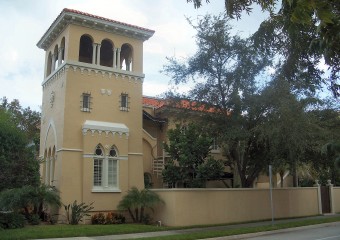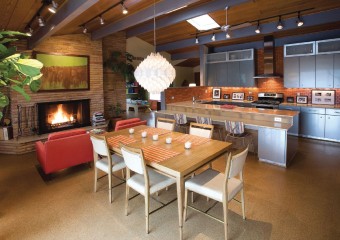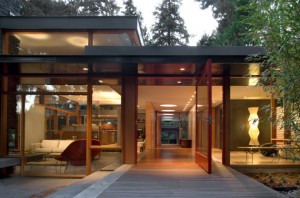All parents want the absolute best for their kids, which is why families looking for a place to live often put quality schooling at the top of their Needs list. In South Tampa, there are several excellent private schools providing top-notch experiences for students at all levels. But when planning for the future, it’s also worth considering International Baccalaureate programs, which offer a more challenging course of study within the public school system.
The idea for the International Baccalaureate (or IB) was born just after World War II, and its goal has always been to educate globally conscious citizens as a way to foster cooperation and peace. In practice, this means not just encouraging awareness of other cultures, but fostering critical thinking, research, and writing skills – which are great for promoting world peace and excelling in the 21st century job market. The programs tend to attract gifted and ambitious students with engaged parents, giving kids who join them a great social advantage on top of a good education.
IB has been established in Tampa high schools for years, but have recently expanded at the elementary and middle school levels (http://www.tampabay.com/news/education/k12/international-baccalaureate-program-being-offered-at-more-tampa-bay-area/1220659). South Tampa is home to IB programs at MacFarlane Elementary (1721 North MacDill Avenue), Roland Park K-8 (1510 North Manhattan Avenue), and Robinson High School (6311 South Lois Avenue). The IB programs for Elementary and Middle School Students are what’s known as the Early Years and Middle Years programs, and include things like early language training (most often Spanish or French) and an array of arts programs that are, sadly, less available than they used to be in more typical public school programs.
After all that preparation, High School is where the IB program really comes into full force. Earning an IB diploma requires an array of tests and projects, including 200 hours of extracurricular work and community service, special courses in logic, and an extended essay. Robinson High is already regularly listed as one of the best high schools in the nation, so you can imagine that adding the IB program gives students an educational experience above and beyond what you can expect almost anywhere else.
Because these programs are designated Magnet schools, they’re accessible to students who live outside of their regular feeder areas. But those living within those areas have priority, as do students already in magnet programs For example, if your kid’s in a magnet elementary school, they’ll have priority in getting into a magnet middle – so living in South Tampa and starting early are important to getting into MacFarlane, Roland, and Robinson. The application process, through the School Choice program of the Hillsborough Public Schools, is about as complicated as you’d expect (link http://www.sdhc.k12.fl.us/choice/faq.asp). Still, to get a private-school quality education without those hefty tuition bills, a little paperwork seems worth it to me.






